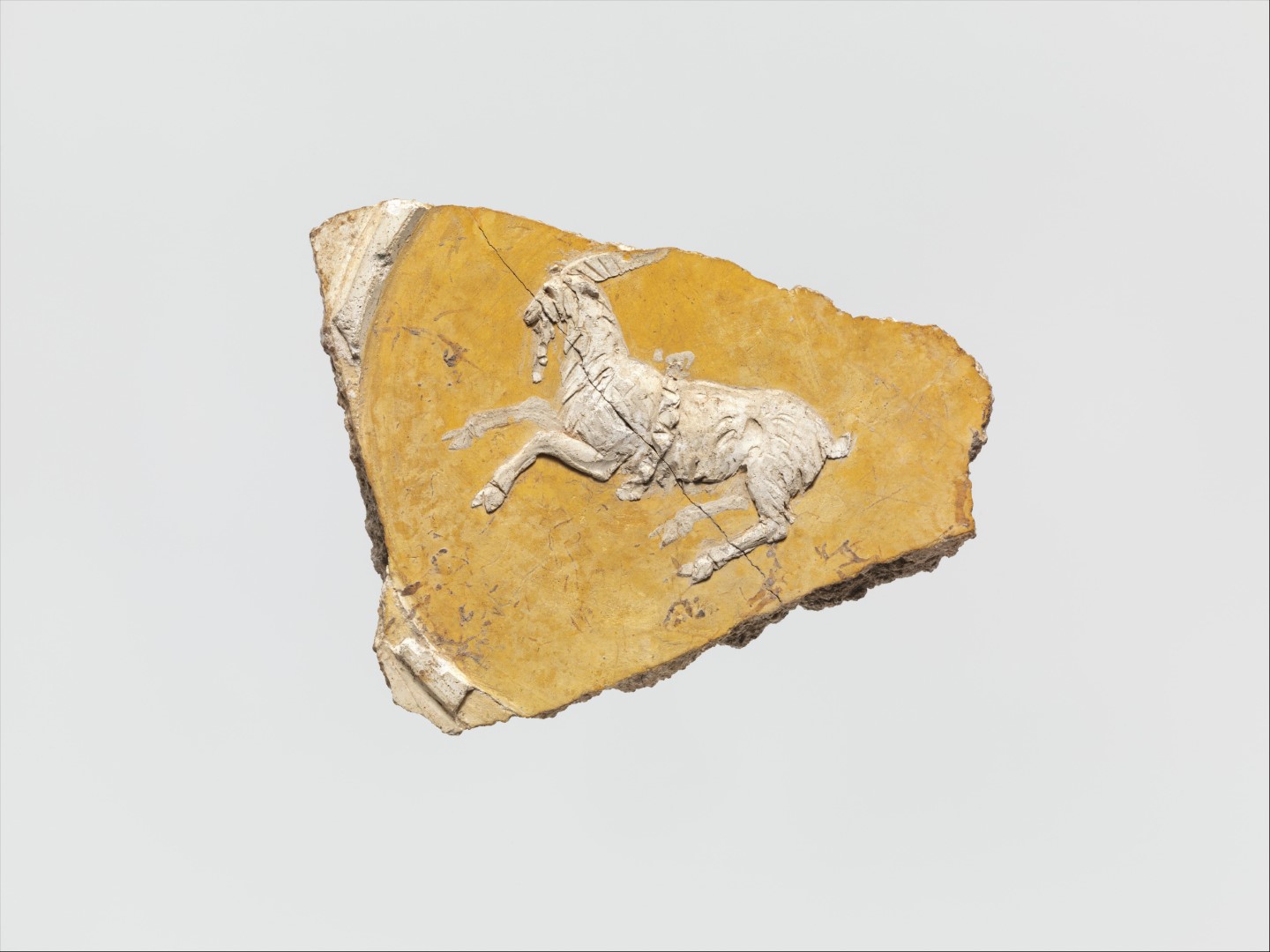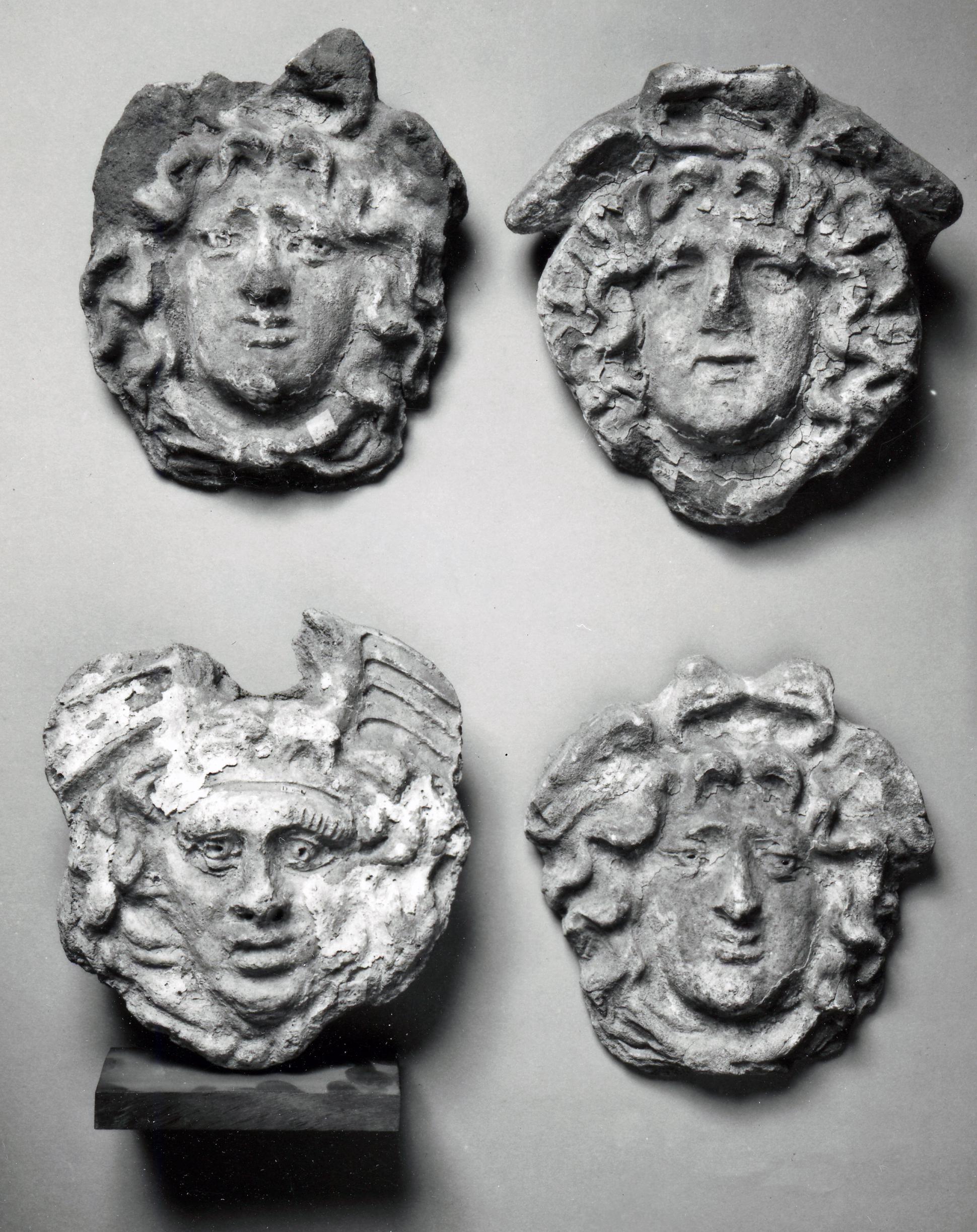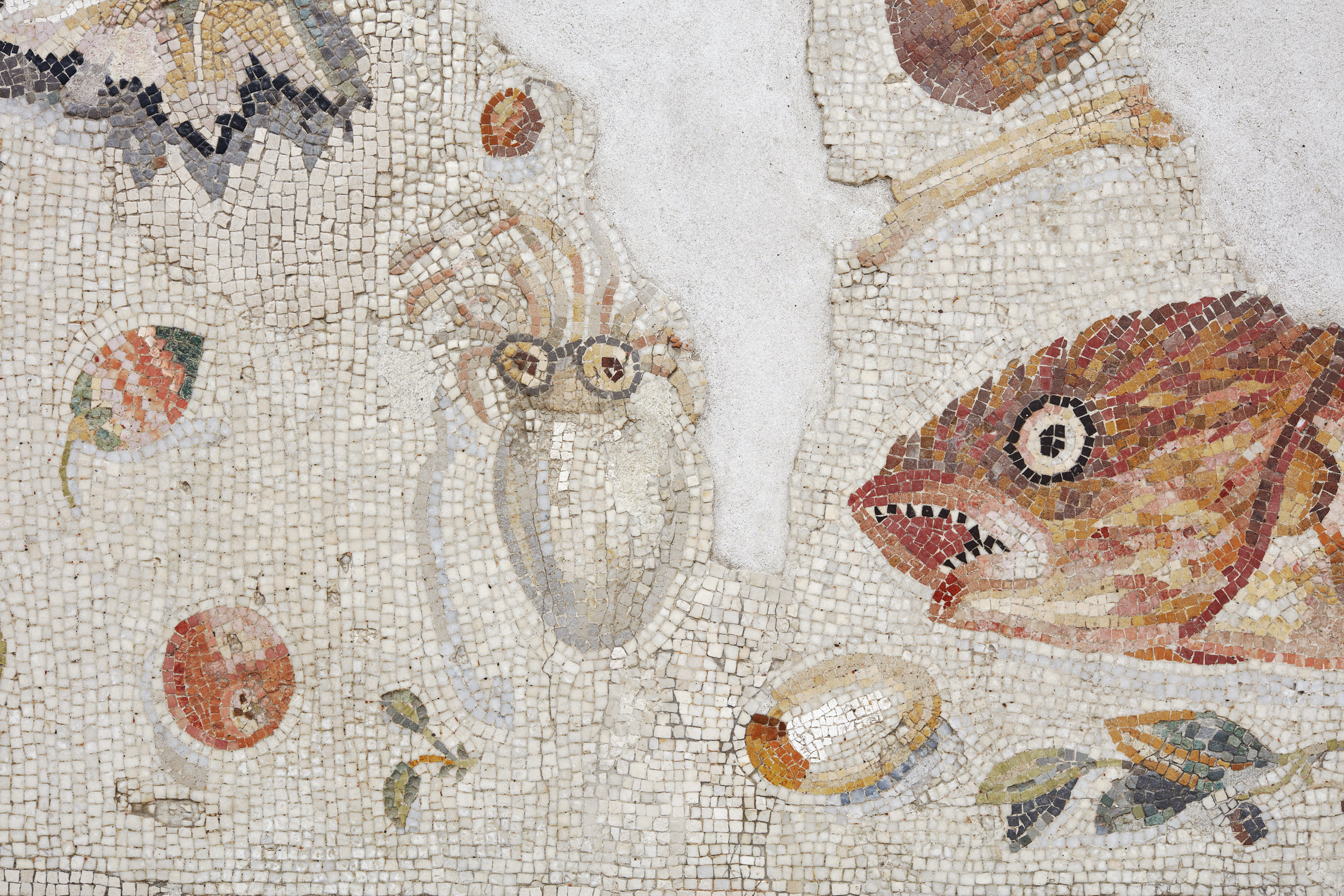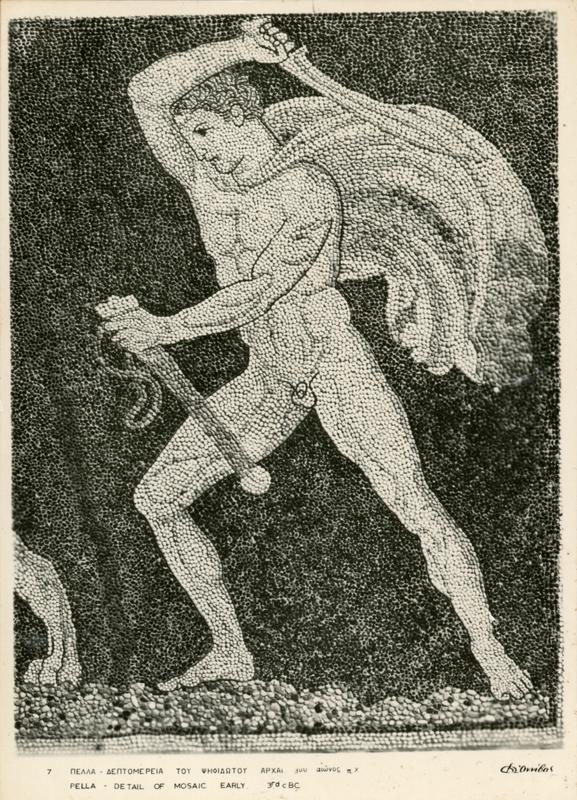

Let’s learn Latin with Pliny!
SALVETE OMNES! This series of short video lessons in spoken Latin by Irene Regini will focus on famous passages and idioms from Pliny the Elder’s Naturalis Historia or on Pliny’s life, providing a reading of the text.
A selection of images, chosen and commented by two collaborators of the OltrePlinio project, Francesca D’Andrea and Eva Falaschi, will lead you to better understand Pliny’s text and discover famous or less known aspects of Greek and Roman art and culture
If you are interested in learning about other Latin authors, obviously in spoken Latin, visit the Satura Lanx channel!
From now on, let’s speak Latin! Curate ut valeatis
De calce malthaque – Plin. NH 36.57-58 (180-181)

“Calcis et in medicina magnus usus. […]
Aceto et rosaceo mixta atque inlita, mox cera ac rosaceo temperata perducit ad cicatricem.”
Pompeii, House of Siricus.
Wounded Aeneas and the doctor Japix

Calcarienses erant qui calcem faciebant
Votive inscription of an association of calcarienses.
Rome, 3rd century AD.

“Maltha e calce fit recenti.”
Mosaic, central panel with two bricklayers producing mortar.
Tunis, 4th century AD.
De gypso – Plin. NH 36.59 (182-183)

“Usus gypsi in albariis […] gratissimus.”
Albaria sunt albae parietes, sed etiam ornamenta et figurae e gypso quae exornant parietes et cameras.
Stucco relief with goat, 1st century AD.

Proculeius erat amicus Octaviani et ad Cleopatram victam missus est.
Jean Eugène Charles Alberti, Proculeius preventing Cleopatra from stabbing herself (1810).

“Usus gypsi in […] sigillis aedificorum gratissimus.”
Terracotta and stucco antefixes (tile-ends) with a Gorgoneion.
Canosa di Puglia, 4th-3rd century BC.

“Usus gypsi in […] coronis gratissimus.”
Coronae sunt pars aedificorum super columnis, sed etiam costae camerarum et formae inter cameram et parietem. Hic vides antiquam et parvam imaginem coronae.
Stucco panel from wall of columbarium: winged Victories in spandrels of arch, 1st century AD.
De pavimentis – Plin. NH 36.60 (184)

“Celeberrimus fuit in hoc genere Sosus, qui pergami stravit quem vocant asaroton oecon, quoniam purgamenta cenae in pavimentis quaeque everri solent velut relicta fecerat parvis e tassellis tintisque in varios colores.”
Mosaic pavement from a triclinium in Aquileia (Northen Italy), 1st century BC.

“Parvis e tessellis tinctisque in varios colores.”
Detail of the asaroton oecon mosaic pavement from Aquileia.

Lithostrotum est vocabulum Graecum quod significat lapidibus stratis factum.
Pavimenta lithostrota sunt facta ex tessellis parvis.
Mosaic from Pella, early 3rd century BC.

